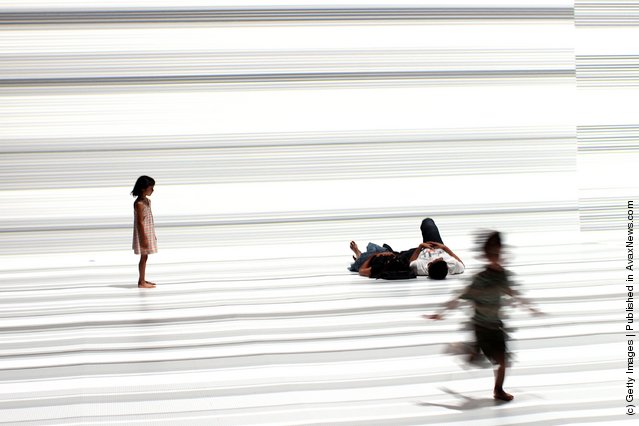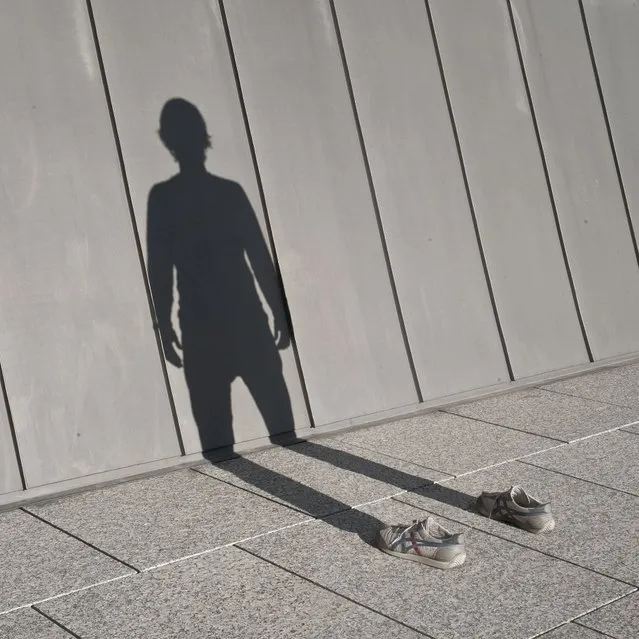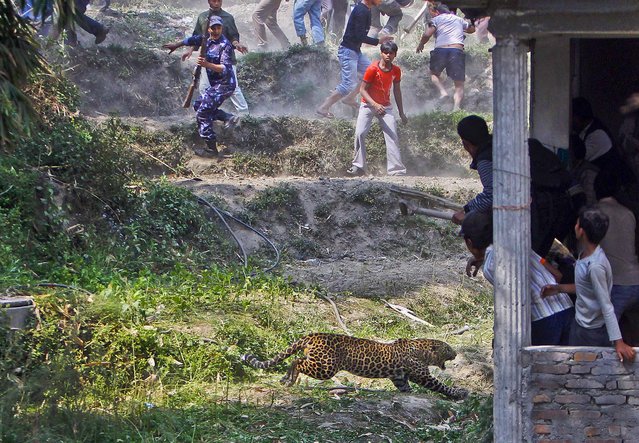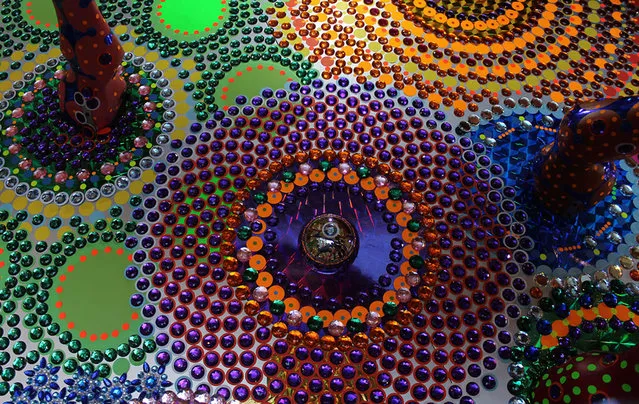
George Chamoun creates a visual mashup of two different Hollywood eras. The name Iconatomy is coined from the words "icon" (starts, celebrities, etc) and "anatomy". It took Chamoun a lot of time and energy trying to find two perfect photographs to digitally pair together. The results are in no way morphed, but collaged together to create an iconic symbol of looks, fortune and fame.
19 Sep 2012 06:48:00,post received
0 comments







